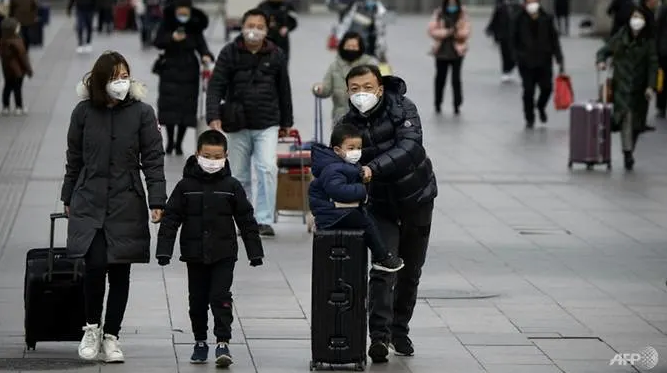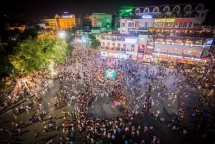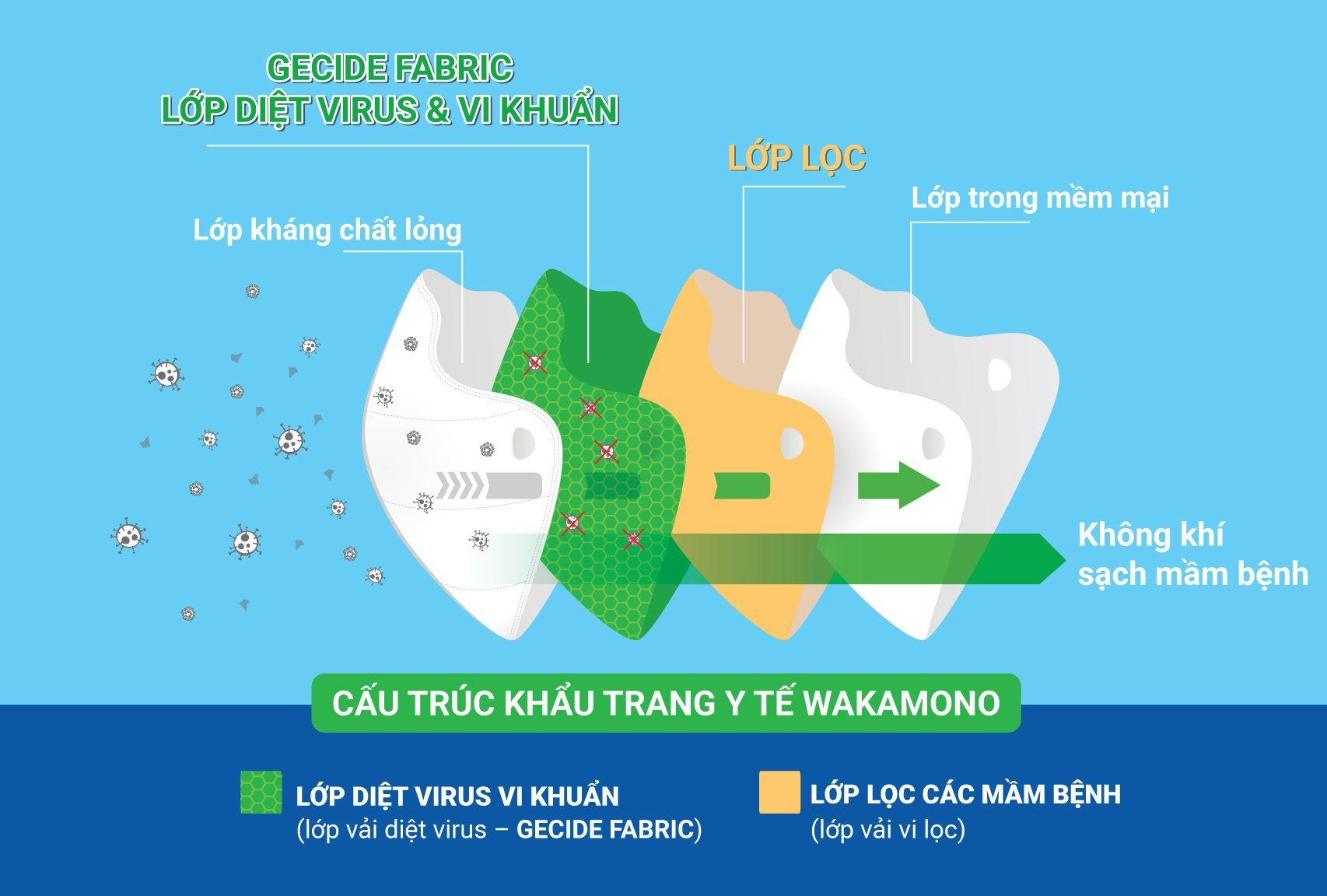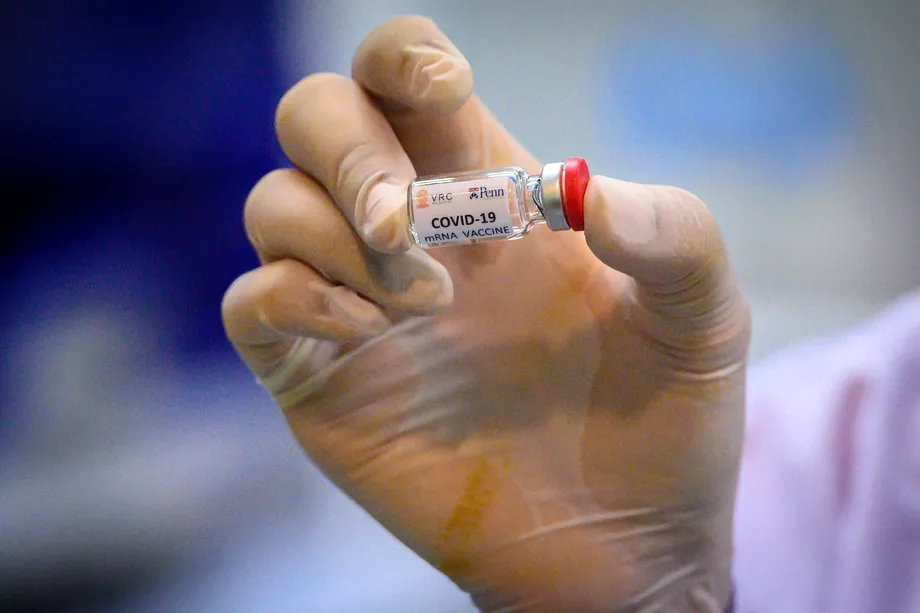Hot and humid weather may end nCoV: Experts
 |
| The virus has spread across China, despite drastic measures like city lockdowns in the worst-hit regions. (Photo: AFP/Noel Celis) |
CLIMATE, WEATHER AND FLU SEASONALITY
There is reason to believe that the seasonal pattern of novel coronavirus pneumonia may be similar to that of influenza infection and SARS, and thus cases may sharply fall by May, when temperatures in China warm up.
In countries with temperate climates such as China and the United States, the flu season usually starts in December with a peak in January or February, after which cases decrease.
SARS disappeared in the northern summer of 2003 and has not reappeared significantly since. This seasonality of influenza and other respiratory viruses in temperate countries is thought to be related to factors that affect infectiousness (person to person spread) such as the dryness of the air, ambient air temperature and possibly ultraviolet solar radiation.
Human factors may also contribute to the spread of influenza during the colder winters since more time may be spent indoors, presumably in closer contact with other persons.
The 2019-nCoV appears to be similar to other respiratory viruses such as influenza or the common cold (rhinovirus), which are spread by large droplets of saliva or phlegm from one person to another (either directly by cough or sneeze) or by contact. That happens when a person touches a contaminated surface and then touches his or her nose, mouth or eyes, inadvertently transmitting the virus.
In fact, studies have shown that these respiratory droplets spread farther when the air is cold and dry.
Studies done many years ago showed that the “regular” coronavirus (which is one of the causes of the common cold) can survive on surfaces 30 times longer in places with a temperature of 6 degrees Celsius compared to those where the temperature is 20 degrees Celsius and humidity levels are high.
More recently, scientists from Hong Kong University (HKU) including Professor Malik Peiris and Professor Seto Wing Hong showed that low temperatures and low relative humidity allowed the SARS virus to survive much longer than they would in high temperatures and humidity.
The HKU team argued that this may be the reason warm and humid Southeast Asian countries did not have SARS outbreaks, unlike Hong Kong and Singapore where in their words, there is “intensive use of air-conditioning”.
Thus, just as with influenza, the 2019-nCoV may slow down when the sun starts to shine more and the weather warms up in temperate and subtropical countries.
LESSONS FROM SARS
The SARS epidemic occurred 17 years ago and, since then, public health institutions, medical and laboratory science professionals, and the infectious diseases community are much better prepared to respond to novel and emerging infections globally.
The improvements in communications and social media are undeniable. The genetic sequence of this new type of severe pneumonia in Wuhan was shared relatively early.
This allowed countries all over the world to develop fast and accurate tests: These were not available during the initial weeks of SARS outbreak.
Then, we had to depend on clinical examinations and contact tracing to determine who really was infected with SARS. Near the end of the epidemic, we were able to test everyone and we found out that we had actually missed a significant number of cases – these were only diagnosed after they had recovered.
This has been the biggest difference in that now, low-resourced countries like Nepal and Cambodia are able to conduct relatively fast and accurate diagnosis on-site without having to wait for samples to be sent overseas.
Given that the genetic information about the novel coronavirus was available even before countries had patients with the virus, many labs in advanced countries, including Singapore, are already working on blood tests for rapid detection and studying the immune response to help vaccine development. A trial to test anti-viral treatments has already been initiated in China and is being planned elsewhere.
CONTACT TRACING AND TRAVEL BANS
A basic public health approach to any outbreak is the use of contact tracing.
This means that for any patient who is found to be ill, close family members and other persons that he or she had close contact with during the incubation period will be notified that they were exposed to a sick person and quarantined for a further full incubation period, which for this novel infection is indicated to be 14 days.
During the Ebola virus outbreak of 2014, this type of contact tracing was done very manually in many settings, although there were a number of mobile applications which were piloted.
For this 2019 virus infection outbreak, much effort is being placed on high-tech contact tracing. It is too early to tell if this will be more effective, but any method to help contacts monitor themselves during the incubation period and detect symptoms may certainly help to decrease community transmission.
Public health measures including screening and quarantining are similar to what was done for SARS and the Middle East Respiratory Syndrome (MERS), although there have been broader approaches to travellers without direct contact with infected patients because of the extent of community spread in China.
Given that we are not sure as to what extent asymptomatic persons can transmit the virus, many countries have decided to close their borders to Chinese nationals, as they cannot rely on temperature screening to detect who is potentially contagious and necessitating quarantine.
Many countries are also quarantining their own citizens and permanent residents returning from China, in an effort to limit introduction of this virus into the community.
During SARS, the World Health Organization (WHO) imposed global travel restrictions and advisories. When a travel restriction is in effect, a country may feel the need to quickly get the ban lifted and reduce its aggressive screening and case finding. This may have contributed to the resurgence of SARS in Toronto after the initial period of good control.
This time round, different countries have introduced their own travel restrictions which are probably more appropriate to the different situations and their relations with China.
Travel bans are always controversial as they tend to have significant unintended consequences and have to be actually instituted before the virus appears in the country. Otherwise, they are relatively pointless.
Among the concerns about the travel bans instituted this time during the coronavirus is the fact that we do not know how extensive the spread is from people without symptoms.
If this is really very widespread, then a blanket travel ban will have limited effects by now as the virus is probably silently spreading among and through most countries. Once there is documented local transmission in a country, as in Germany and the United States, the goal has to be containing the local transmission while at the same time preventing re-introduction of the virus.
Overall, the key strategy has to be good contact tracing and widespread testing so that every case can be identified, tested and treated. That way the chain of transmission can be broken and the virus stopped in its tracks even before the warm weather kicks in.
VACCINES AND DRUG TREATMENTS
Unfortunately, the current way in which drug and vaccine development in modern medicine happens is very much driven by financial considerations. Unlike for example defence or homeland security, the question that always comes up when it comes to treating and preventing human disease is: “Is this financially viable?”
As SARS disappeared 17 years ago and MERS has only occurred sporadically, primarily in the Middle East, there has been no incentive for the pharmaceutical industry to invest the funds needed to develop appropriate drugs and vaccines.
Hence, if and when the novel coronavirus disappears in May and does not reappear next October or November, we can predict that drug and vaccine development will likely die a natural death.
That is unfortunately the way of the world and hopefully something can be done to change this. But that will require a massive global mindset change. Given the frequency with which these emerging viral infections occur, the world can ill- afford to continue along this road.
| The number of confirmed infections in China's coronavirus outbreak has reached 24,324 nationwide with 3,887 new cases reported, the National Health Commission said. The novel coronavirus has continued to spread with Singapore, Malaysia, and Thailand on Tuesday reporting new infections that were not imported from China. |
Recommended
 World
World
Pakistan NCRC report explores emerging child rights issues
 World
World
"India has right to defend herself against terror," says German Foreign Minister, endorses Op Sindoor
 World
World
‘We stand with India’: Japan, UAE back New Delhi over its global outreach against terror
 World
World
'Action Was Entirely Justifiable': Former US NSA John Bolton Backs India's Right After Pahalgam Attack
 World
World
US, China Conclude Trade Talks with Positive Outcome
 World
World
Nifty, Sensex jumped more than 2% in opening as India-Pakistan tensions ease
 World
World
Easing of US-China Tariffs: Markets React Positively, Experts Remain Cautious
 World
World





